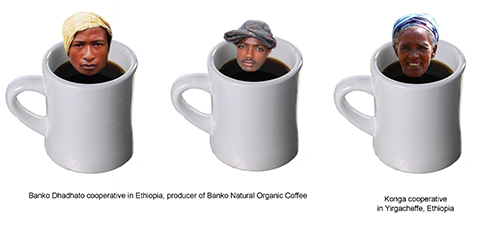Popularity of coffee in America follows the high school cafeteria scenario: the popular kids are the coffee hipsters, the nerds and outcasts are people that don’t drink coffee, and the everyday high school zombies or filler people are the general caffeinated population. The coffee hipsters are everywhere; they purchase only the finest beans and have favorite types of roasts that “release the fruity and nutty notes” in their cup of joe. They all have a french press or drip coffee makers and some of the cooler kids might even have a cold brewer. If that wasn’t bad enough they shun people for using sugar and cream to mask the bitter taste of caffeinated poison and because of them every street corner has a new modern coffee shop. They are a niche, but that’s what popularity is after all. The general coffee drinking population, the zombies, are represented by college students with six essays due in an hour, business men and women who work a draining nine to five desk job, and anyone else who can’t make it a day or two without getting a headache. They doctor up their morning cup with cream and sugar to fight a bitterness that comes with a low quality and over roasted bean. They line up outside of the closest coffee shop, get their fix, and join normal and functioning society. It wasn’t always like this. Coffee wasn’t always this popular; “coffee consumption was essentially flat, with minor fluctuations, past 1962 one can chart a consistent decline starting at 74.7 percent of the population drinking coffee and plummeting to 50 percent in 1988”(Roseberry 1996: 765). People were losing interest in coffee due to the rise of prices an the awful taste. After those things changed, prices went down and demand slowly started to rise, now coffee has become a socially accepted low dose drug deal.
By Alexis Allen
http://blogs.scientificamerican.com/anthropology-in-practice/the-culture-of-coffee-drinkers/
